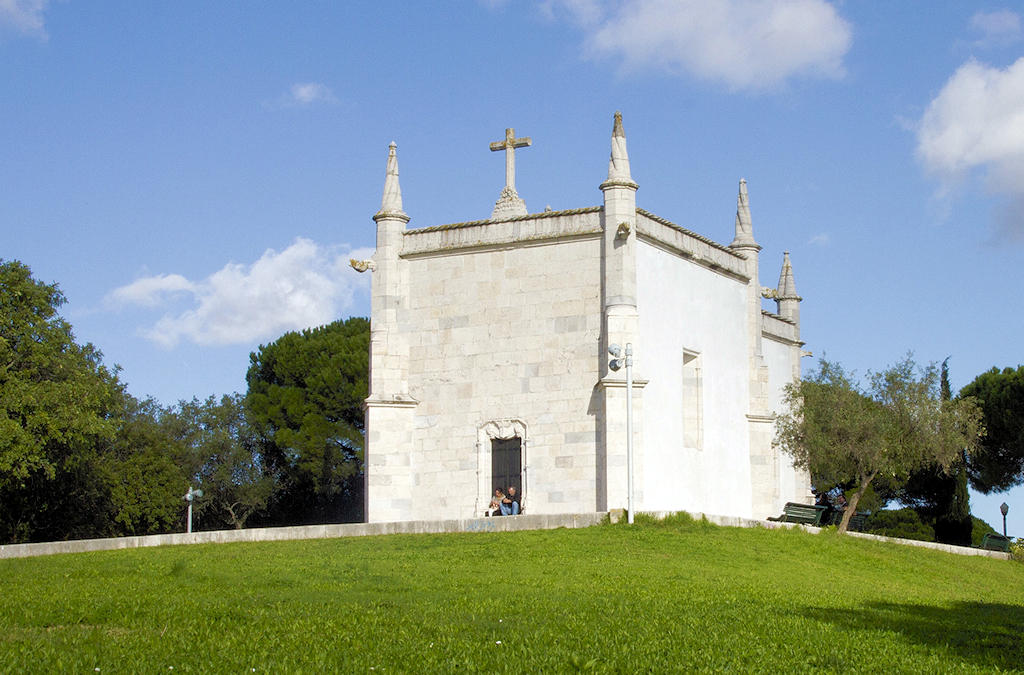Nestled within the grounds of the former Monastery of Santa Maria de Belém, the chapel's location is surrounded by history and natural beauty. Its proximity to the architect Gonçalo Ribeiro Telles' garden adds to the charm, as visitors can enjoy the picturesque views of Belém and the scenic Cascais coastline. Additionally, the neighboring modernist residence at Rua de Alcolena No. 28 complements the architectural landscape, creating a harmonious blend of past and present.
Saint Jerome Chapel's architecture exudes a sense of harmony and balance, captivating visitors with its modest yet striking appearance. The square layout of the chapel culminates in a top section adorned with the broken cord motif and four twisted conical pinnacles. At each corner, intricate gargoyles reminiscent of those found in the magnificent Cloister of the Jerónimos Monastery add a touch of medieval charm. The exterior corners are reinforced by four "giants", symbolizing the strength and endurance of the structure.
Approaching the entrance, visitors are greeted by a small yet remarkable portal. Decorated with a diminutive royal shield topped by a crown and flanked by two armillary spheres, the portal serves as a symbolic representation of the reign of King Manuel I of Portugal, a prominent figure in Portuguese history. As visitors step inside, they are met with a serene and intimate space, a miniature replica of the grandeur found within the nearby Jerónimos Monastery.
The history of Saint Jerome Chapel intertwines with the story of the Monastery of Santa Maria de Belém. Built within the monastery grounds in 1514, the chapel served as a place of worship and spiritual solace for the friars. Its construction reflects the architectural style of the Manueline period, characterized by intricate ornamentation and a fusion of Gothic, Renaissance, and Moorish influences.
Lisbon.vip Recommends
The Ermida de São Jerónimo remains a cherished site for baptisms and weddings, attracting visitors with its captivating ambiance and intimate setting. The chapel's tranquil atmosphere and timeless beauty make it an ideal location for celebrating life's special moments.
Exploring the chapel and its surroundings offers visitors a unique opportunity to delve into Lisbon's rich history and architectural heritage. The remarkable craftsmanship and attention to detail exhibited by Diogo de Boitaca and his contemporaries continue to inspire awe and admiration. Whether admiring the exterior adorned with pinnacles and gargoyles or stepping inside to experience the serenity within, Saint Jerome Chapel offers a spiritual and cultural journey that connects visitors to the past while creating cherished memories for the future.
Map View



